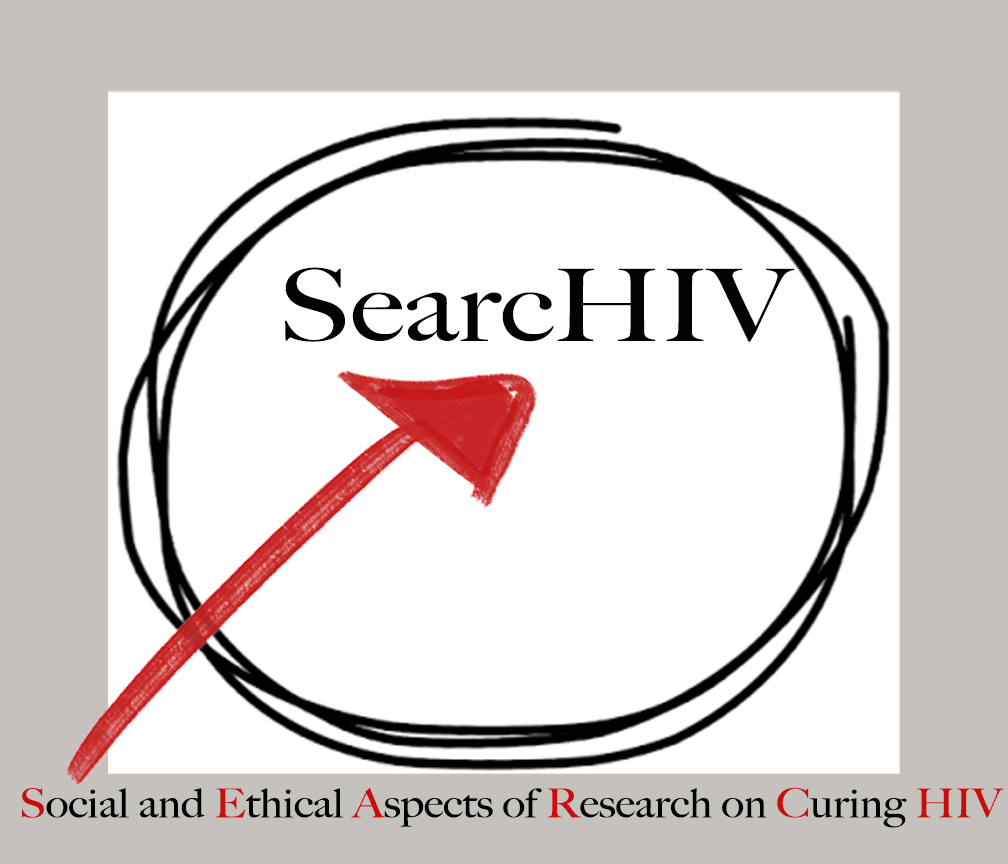By Karine Dubé

The CROI 2015 conference was held in Seattle, WA from February 23 – 26, 2015. Main HIV cure research highlights related to the conference included:
- AVAC (http://www.avac.org/) and CARE (delaneycare.org), in collaboration with several HIV cure research, education and advocacy groups, successfully launched the CUREiculum (http://www.avac.org/cureiculum) on Sunday February 22, 2015. The CUREiculum provides ways to make HIV cure research accessible to the community and the HIV research field. The initiative was developed as a multi-collaboratory process by leading scientists, community educators, program managers and advocacy organizations who recognized the need to increase scientific literacy around HIV cure research. The CUREiculum community will host webinars from March – October 2015; announcements to follow.
- The community cure workshop took place on Sunday February 22, 2015. Highlights of the workshop included:
- Javier Martinez-Picado (http://www.icrea.cat/Web/ScientificStaff/Javier-Martinez-Picado-395) discussed allogeneic stem cell transplant as an HIV cure research strategy in Europe and reported on the case of a patient who passed away after relapse of his lymphoma after achieving full chimerism (or mixing of blood cells); however, ART treatment was never interrupted. Due to the prevalence of delta32 mutations in Europe, which results in cells being resistant to HIV infection, amfAR established a consortium (http://www.epistem-project.org/) aimed at investigating the potential for HIV cure in HIV-infected patients who require stem cell transplants for hematological disorders. The consortium plans to learn as much as possible about HIV cure research while trying to cure hematological disorders in HIV infected patients.
- Stephen Mason presented on the role of anti-PD1 as a key immune-modulator or inhibitory receptor affecting T cell response in unsuppressed SIV-infected macaques. Treatment with anti-PD1 transiently affected viremia and restored T and B cell numbers and functions in infected animals; however did not result in ‘cure’. All animals rebounded following treatment interruption. As a result, Stephen Mason discussed the important role of possible “intermediate states” that would provide value to HIV-infected participants involved in HIV cure research.
- A wonderful homage to Joep Lange (https://aighd.org/people/joep-lange/), a pioneer in HIV cure research, was given during the CROI 2015 opening ceremony.
- On Monday February 23, 2015, John Coffin (http://biomed.brown.edu/cfar/john_coffin.html) provided the HIV cure research overview for the CROI 2015 conference. Dr. Coffin reviewed the main HIV cure research modalities as they related to the CROI 2015 conference. He highlighted the work of Francesco Simonetti on residual viremia caused by clonally expanded tumor-infiltrating CD4+ cells (Wednesday February 25, 2015 presentation).
- On Tuesday February 24, 2015, the sessions entitled “New Discoveries in HIV Pathogenesis” and “Leaky Latency” contained several HIV cure-related presentations and focused on the role of latency as the main impediment to finding a cure. Dan Barouch (http://ragoninstitute.org/portfolio-item/barouch/) presented on the role of broadly neutralizing antibodies for HIV eradication later that day. While the bnAb tested in SHIV infected rhesus macaques resulted in a rapid and complete virologic suppression following initiation of the treatment regimen, bnAbs did not prevent viral rebound. Time to viral rebound correlated with baseline pre-ART plasma viral loads. Substantial clinical data will be generated in the next several years with a variety of Abs.
- A special evening session on the Ebola virus, hosted by Kevin de Cock, resulted in a standing ovation on Tuesday February 24, 2015. While CROI 2015 does not aim to cover infectious diseases such as Ebola (EBV), the recent epidemic was highlighted due to its broad security implications and impacts.
- On Wednesday February 25, 2015, the session entitled “New Insights into HIV Persistence, Latency Reversal, and Viremia Rebound” contained HIV cure research updates.
- Sarah Palmer (http://www.wmi.org.au/ourpeople/Pages/SarahPalmer.aspx) discussed the role of Panobinostat in reactivating latent HIV-1 proviruses.
- Jonathan Li showed findings that the size of the active HIV reservoir as measured with cell-associated RNA and DNA could predict the timing of viral rebound.
- John Frater (http://www.ndm.ox.ac.uk/principal-investigators/researcher/john-frater) demonstrated that, while the SPARTAC study was not designed to measure biomarkers that could predict viral rebound following treatment interruption, there were very few such biomarkers. Only PD-1, Lag3 and Tim-3 could potentially help predict time to rebound after TI. Furthermore, only total HIV-1 DNA predicted rebound measured at treatment interruption.
For More Information about CROI 2015:
- CROI 2015 Website: http://www.croiconference.org/
- CROI 2015 Program and Abstracts: http://www.croiconference.org/sites/default/files/uploads/croi2015-program-abstracts.pdf
CROI 2016 will be hosted in Boston, MA from February 22 – 25, 2016.

